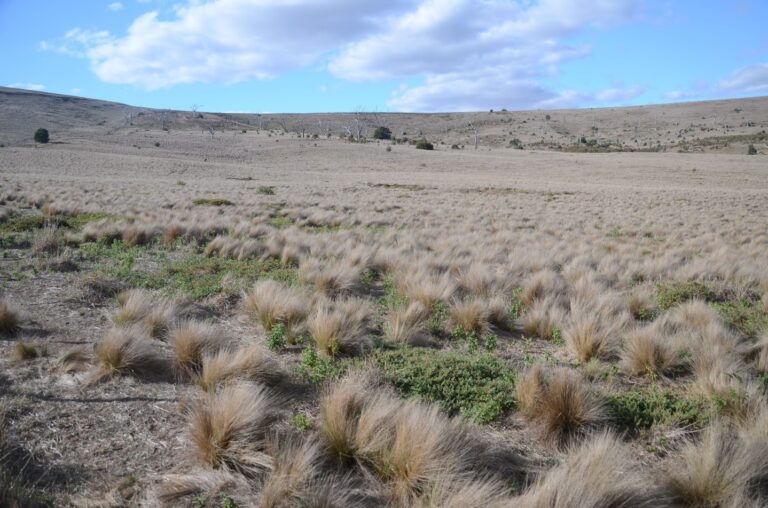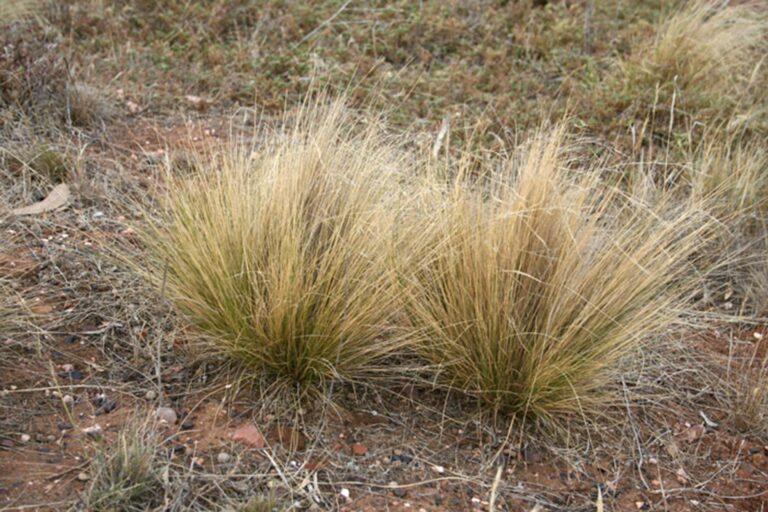Victorian Landcare Gateway
New Flood Recovery Resources webpages developed on the Victorian Landcare Gateway provide links to a wide range of practical land management flood recovery information on: livestock, fencing, waterways, soils, weeds, riparian vegetation, erosion, wildlife, horticulture, grants and financial assistance, and how to volunteer to help with the flood recovery such volunteering to help rebuild fences with BlazeAid.
These Flood Recovery Resources webpages were compiled by Victorian Landcare Program staff at the Department of Energy, Environment and Climate Action (DEECA) in late 2022, to assist with landholders and groups flood recovery after the floods in Victoria in late 2022. The webpages were updated again in mid-January 2023.
As additional flood recovery land management-related information becomes available it will be linked to these webpages.
The information in the links in the webpages comes from a range of sources including Agriculture Victoria, DEECA, VicEmergency, Department of Health (Vic), Catchment Management Authorities, Disaster Recovery Australia, and BlazeAid.


